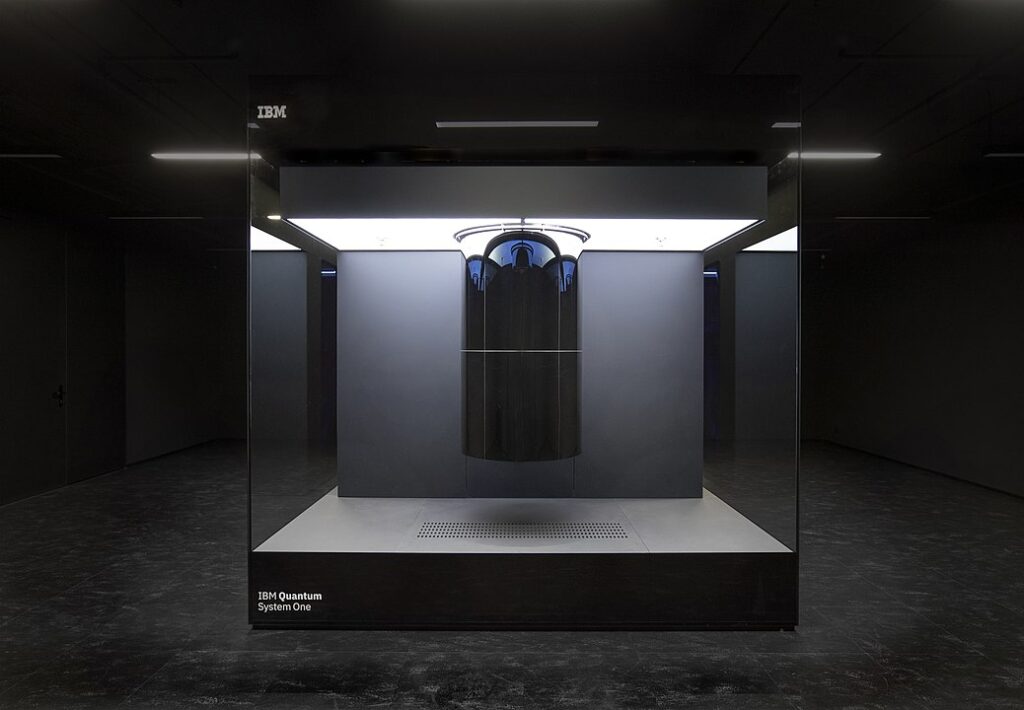Scientists from Cornell University combined Kwantum Computing with a model predictive control to manage the energy of two PV-Uituest university buildings. In comparison with deterministic approaches, the quantum strategy achieved an improvement of 6.8% in energy efficiency and an annual reduction of 41.2% in carbon emissions.
A group of researchers from Cornell University in New York has developed a new method for energy management of buildings that combines quantum computing with model predictive control (MPC) to achieve energy-efficiency and benefits for carbon cladding, demonstrated in a study with two PV-out-sized buildings at the Cornell University Campus.
“Quantumalgorithms can solve large -scale optimization problems exponentially faster than classic computers, making them particularly suitable for complex energy management systems for buildings,” the team explained. “Although the current quantum devices may not perform better than traditional computers for specific optimization problems, the development of quantumalgorithms can release the way for future progress. As quantum hardware outputs-based solution techniques can easily be used to more complex and larger scale of energy systems.”
The team had to overcome a few challenges in their research. The first was to formulate the MPC problem as an optimization problem that can be solved with strategies based on Quantum Computing. Another challenge was finding a way to use knowledge of previous optimization problems with new ones. The last challenge was to insert an adaptive component in the predictions to be able to handle the uncertainties of the system.
“The heart of the strategy is a leather-based parameter transfer scheme for the Kwantum approach optimization algorithm (QAOA). It uses Bayesian optimization and Gaussian processes to predict initial quantum circuit parameters,” the team said in a statement. “This not only reduces the calculation burden of QAOA, but also enables the system to adapt to changing building states and external disruptions. By treating the MPC problem as a quadratically unlimited binary optimization (QUBO) problem, the approach to optimal checks can calculate the Netto energy consumption of a building.”
The team carried out computational experiments to demonstrate the method, whereby both the Carpenter Hall and the Baker Laboratory of Cornell University simulate. The window area of the first building is 2,866 m2 with a solar transmission of 0.101, while the window area of the other building is 3.213 m2. Carpenter Hall had solar panels with a surface of 1.4 m2 and a storage system for battery energy with maximum capacities of 0.9 MWh, while the Baker Laboratory had 0.8 m2 panels and 1.1 MWh storage.
Historical data from 2022 were used to perform empirical evaluations, where the simulation runs in January, April, July and October. The leather-based QAOA technique was performed with noisy simulations for the IBM Brisbane Quantum device equipped with the Eagle processor, consisting of 127 Qubits. It was compared with non-quantum solutions: security equivalent MPC (CEMPC), a determined deterministic MPC; And the perfect information approach, which represents a theoretical method for the best case, which accepts full knowledge of future uncertainties.
“The results showed remarkable improvements. The Kwantum -MPC strategy achieved an improvement of 6.8% in energy efficiency compared to determinist MPC. It also led to a significant annual reduction of 41.2% in carbon emissions by the energy storage of the battery effective,” found “found. “Moreover, the proposed strategy showed good adaptability. It could adjust the heating and cooling loads in response to changes in the ambient temperature, whereby comfort is maintained indoors, while energy consumption is optimized.”
The new methodology was presented in “Dangbrug of construction activities with adaptive on quantum computing -based model predictive control“Published in Engineering.
This content is protected by copyright and may not be reused. If you want to work with us and reuse part of our content, please contact: editors@pv-magazine.com.

